In the new installment of the survey devoted to the new Museum Directorates, which have broad decision-making powers and financial autonomy, we move to Piedmont. At the helm of the Royal Residences of Savoy and the Regional Directorate of National Museums (DrMn) Piedmont since May 16 is Philip Masino, formerly curator-architect at the Royal Museums of Turin, where he had been in charge of development, restoration, maintenance and exhibition work. The start of his career at the Ministry, however, comes in the superintendence area, in 2012, as the sole architect official at the Piedmont Archaeological Superintendence and Museum of Egyptian Antiquities, with duties in the protection and restoration of structures and as technical director of the Museum of Antiquities in Turin. Masino arrives, therefore, to deal with enhancement with a solid experience in the field of protection. The feared separation of the two fields that had held sway in the debate that had accompanied the Franceschini Reform since 2014 can we say, in light now of more than two lustrums, has been belied by the facts.
The new Piedmont institute directs 12 sites inherited from the previous Regional Museums Directorate: of these, following the latest reform five go to form the autonomous museum of the Royal Residences of Savoy, but the governance structure is also unique for the other seven cultural sites. In fact, the DrMn is among the 11 that fall under as many autonomous institutes, according to a hybrid solution. A single director then, but also a single budget and unified offices for personnel, contracting station and technical services for example. For Masino, “the most complex challenge” of the latest reform is precisely “that of the new ’serial’ autonomous museums, that is, composed of several sites even very distant from each other.” Like the Savoy Royal Residences, precisely. “The affirmation of this model is the real novelty of the latest round of institutes.”
It is not clear, however, whether the confrontation between directors in a network perspective takes place in a control room to which only a few are admitted, since Masino, such as Fabrizio Sudano (Calabria) and Filippo Demma (Basilicata) have told us in previous interviews of periodic convocations by the Director General, while Alessandra Guerrini (Liguria) and Valentina Uras (Sardinia) seem to refer mostly to initiatives by individuals.
Of the 12 sites, including museums, galleries, castles, and archaeological sites, DrMn Piedmont includes Palazzo Carignano, Villa della Regina, and Moncalieri Castle, all in Turin; Fruttuaria Abbey, in San Benigno Canavese (Turin); Libarna Archaeological Area, in Serravalle Scrivia (Alessandria); and again Serralunga d’Alba Castle, in Cuneo.
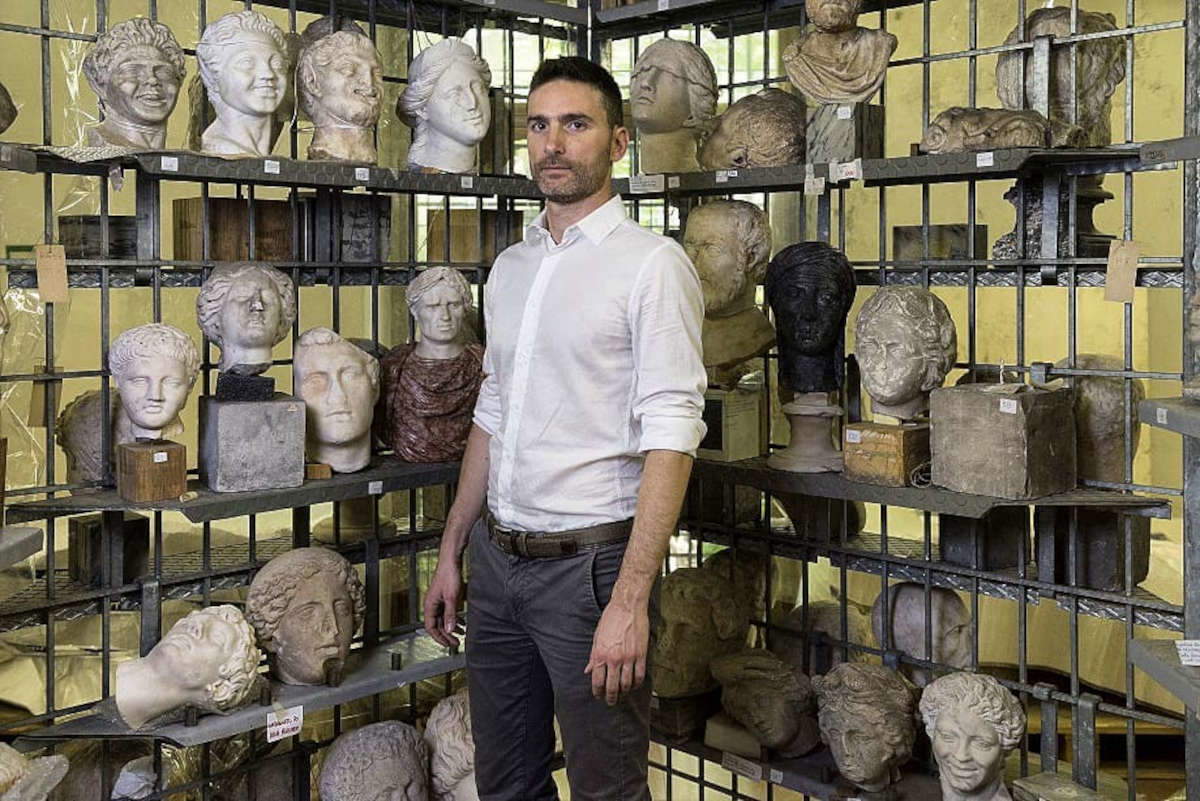
MS. Among the novelties introduced in 2014 by the Franceschini reform, the “regional museum poles” immediately proved to be the weak points of the ministerial reorganization. In your opinion, what were the critical aspects of those structures?
FM. The Franceschini reform was a revolution in the Italian museum sector, initiated to catch up with a decades-long delay compared to other European countries, equipping the Italian state museum system with organizational models more aligned with the needs of today’s museums. A profound transformation of the offices then, which involved the transfer between various institutions not only of assets, but above all of functions and personnel, who from that moment had to choose whether to remain in the superintendencies or to embark on a new career in the field of enhancement. All this could not, of course, be painless for the ministerial structure, as not only the activities to be carried out on a day-to-day basis were changing: the vision, habits and goals were to be radically changed, shifting from the prevalence of technical-scientific activity to the development of cultural services for the wider community. Beyond the actual innovative scope, it was implicit that DPCM 171/2014 would only be the beginning of a long process of reorganization and improvement, which in fact continues to this day. The first step was that of autonomy to major attractors, divided between first- and second-tier museums, each with its own director, often selected from outside the ministry and in some cases even foreign. But a constellation of cultural venues scattered throughout the territory remained outside: because of their size, complexity and economic impact, the model of “Regional Museum Poles” was preferred for these, namely, coordination and steering offices with the task of planning enhancement and public service. The Poles had very little autonomy, in the first instance because the complex process of transferring assets from the Superintendencies was just then beginning, which sometimes took a long time and sometimes triggered some conflicts. Above all, they were mainly technical-administrative offices, still lacking the decision-making power and the fundamental tools to develop organic planning on the widespread heritage, with great difficulties especially in promoting lesser-known museums. In addition, these offices still had to go through the Conservation Bodies, for example, to authorize the loan in Italy of the collections under their jurisdiction for exhibitions or events, as well as to initiate services under direct contract or concession, and even to authorize the study and publication of the materials preserved by their own museums.
Has anything then changed in 2019 with the “regional museum directorates,” beyond the new wording?
With a more stable situation and the experience that had gradually been built up in the offices as well, in terms of governance and service quality orientation, the transition to the formula of Regional Directorates Museums has finally endowed these institutes with greater autonomy, and confirmed competencies even in the matters of property management. The term “Regional Directorate” was not without its flaws (the first of which was a frequent confusion by external users with offices of the Italian Regions...in this the new name “National Museums” given in the last reform is a blessing); but it was certainly more pertinent, describing well the shift from a centralized conception of the poles to one that intended to bring out precisely the value of diffuse network, which is the true figure of our country; namely, that territorial system formed by the places of culture, each with its own diversity, and by the relations with the communities and other subjects of the territory. A fundamental step, truly “identifying” the Museum Directorates, was then taken with the launch of the National Museum System and the adoption of the Uniform Minimum Levels of Quality for publicly owned museums and places of culture, which saw these offices learn to deal with measurable quality objectives common to non-state museums as well.
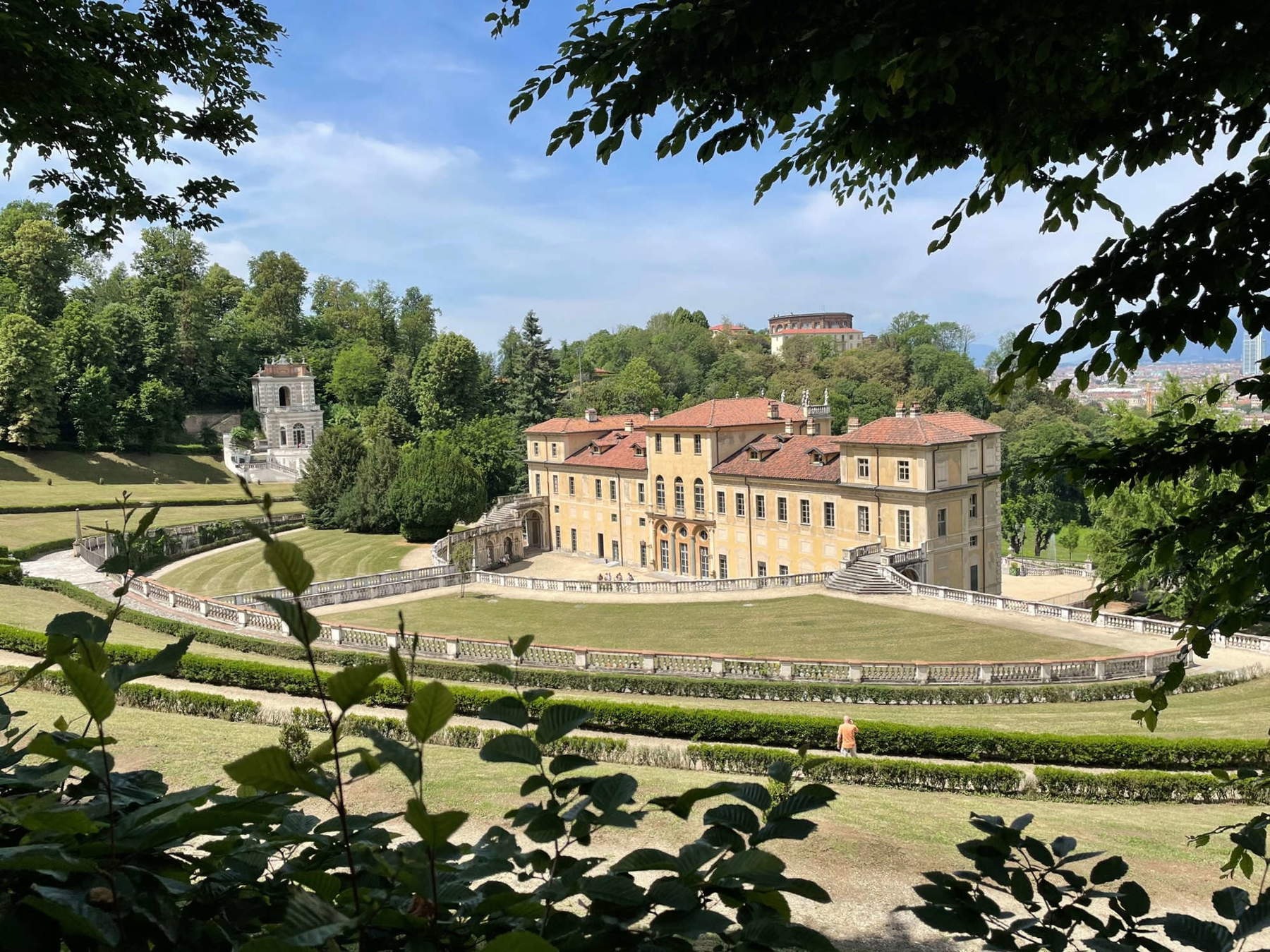
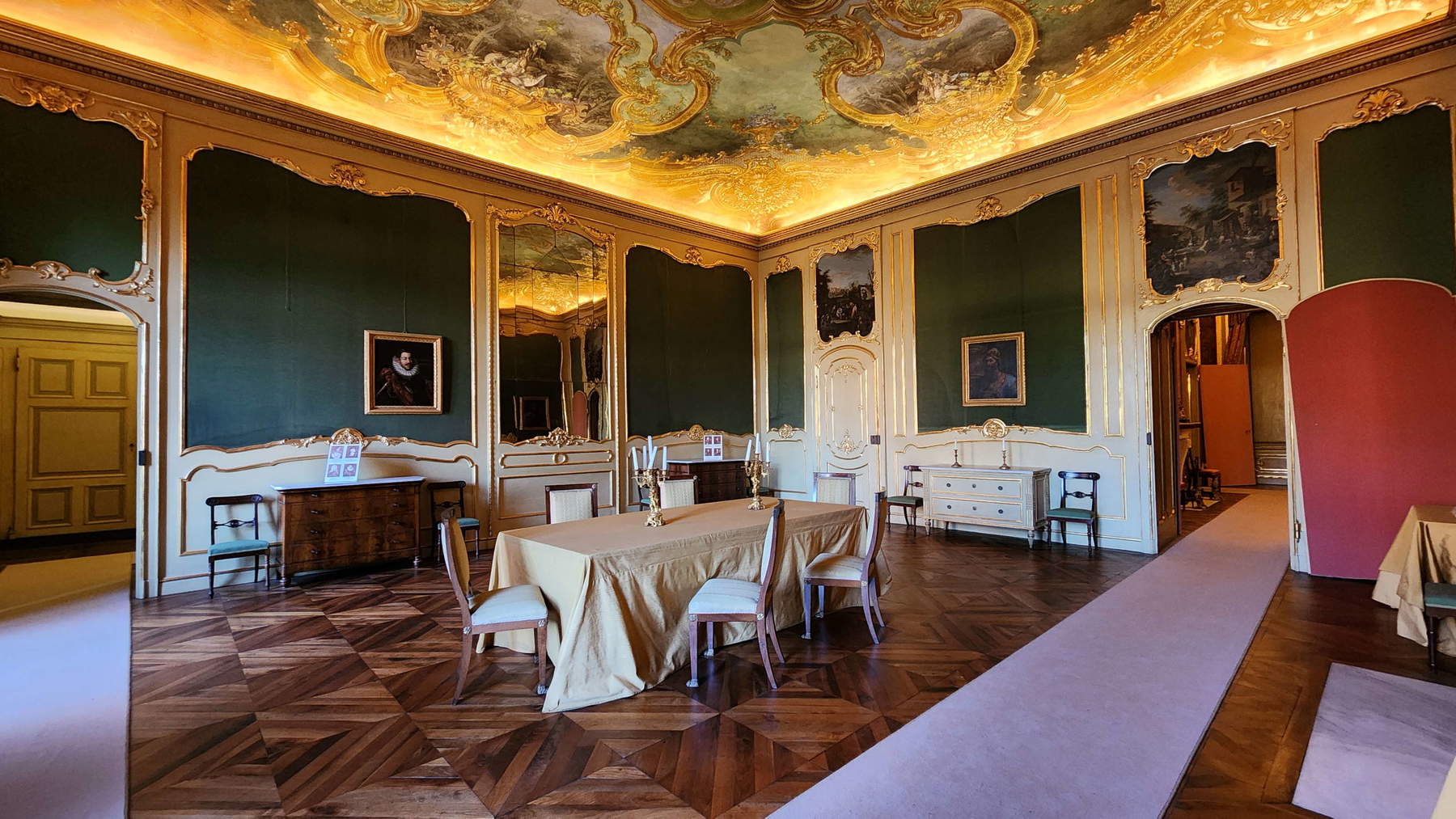
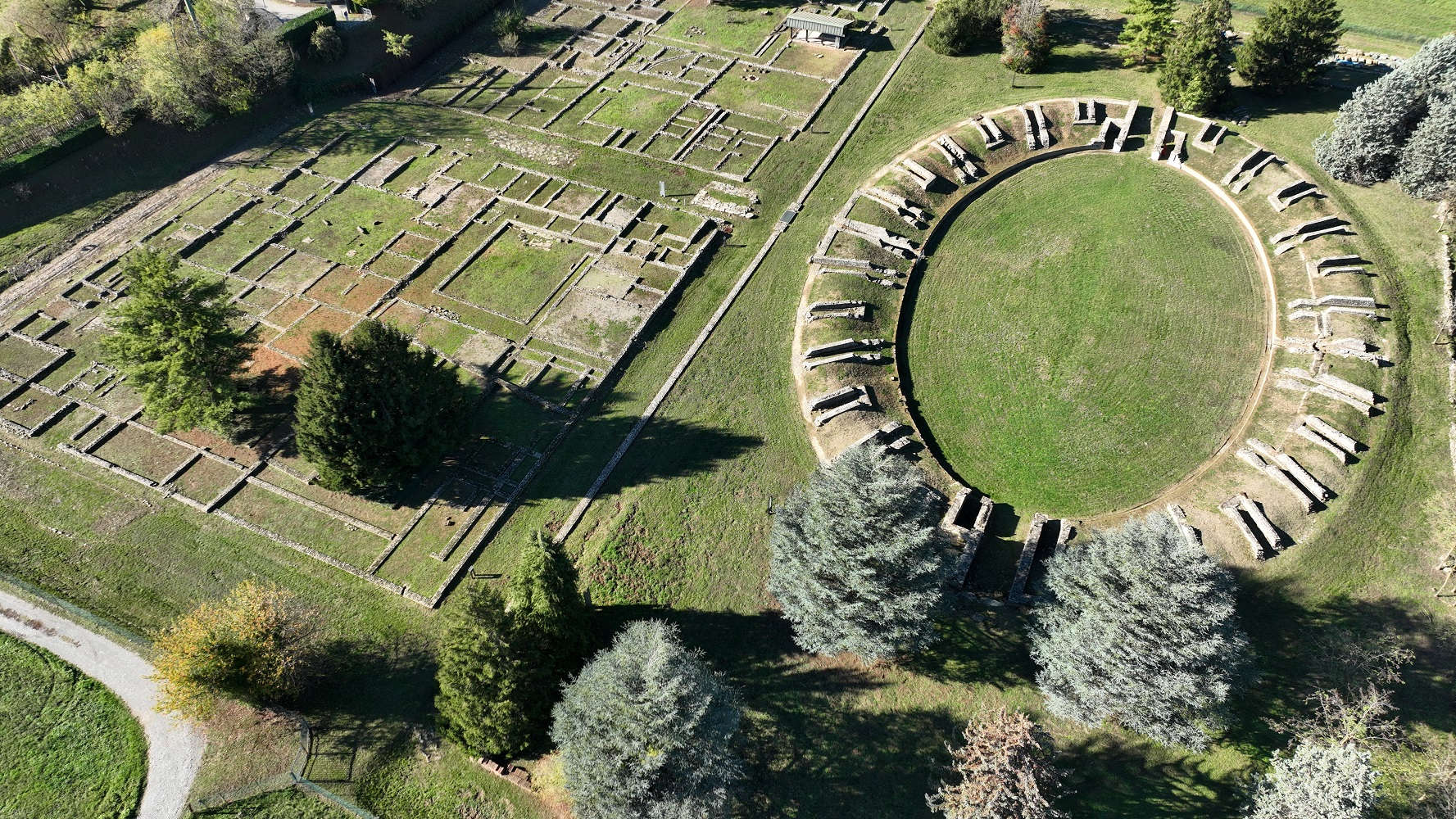
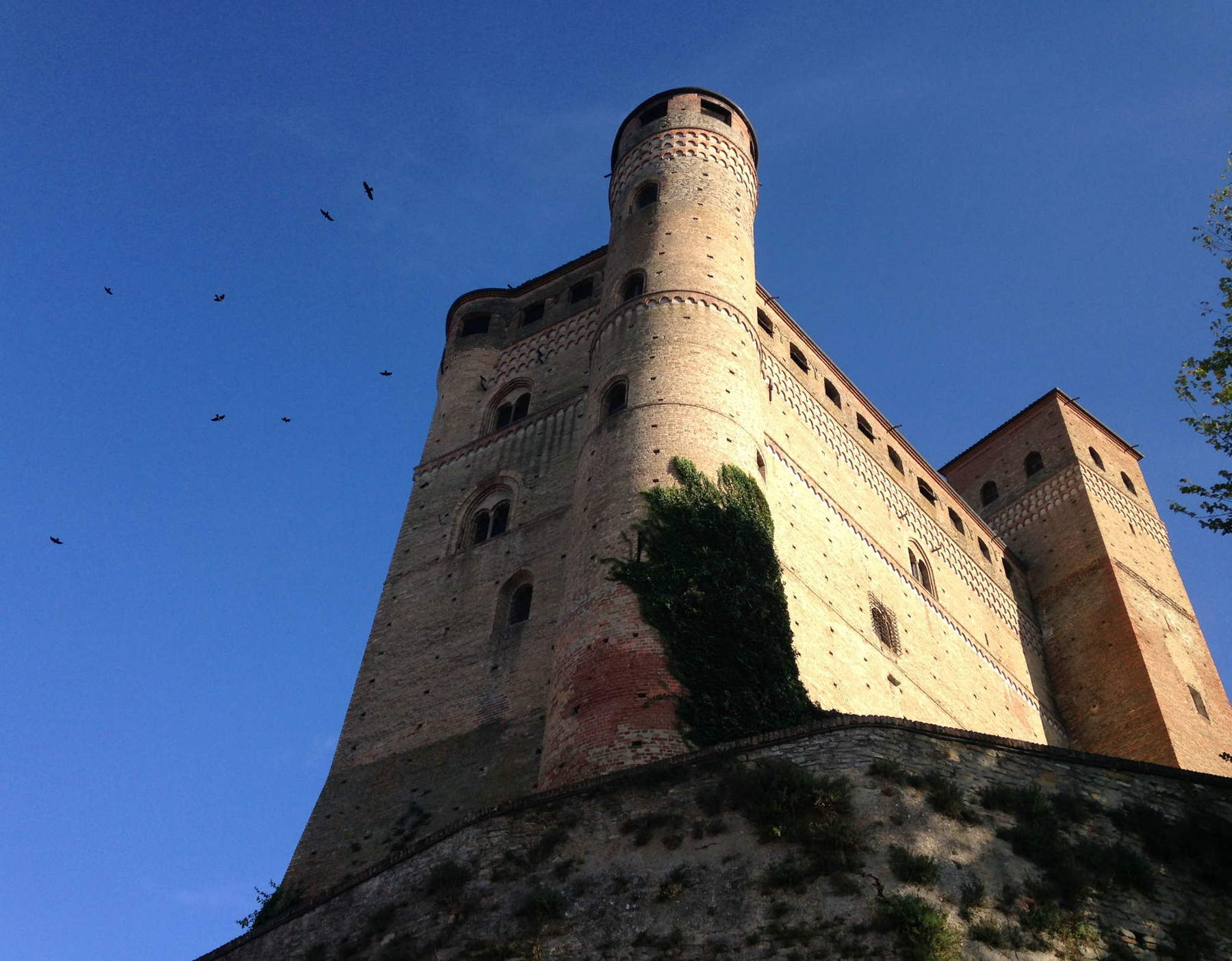
What is the reason for the diversification between directorates coinciding with a Region and others aggregated to autonomous institutes? And in what does the difference consist? Staying with this second group of institutes, are these mergers, for example, functional in terms of sharing services, instrumentation, professional expertise? In some cases, these are particularly meaty lists, such as the 15 institutes, cultural places and complexes assigned to DrMn Umbria with the National Museums of Perugia or the 13 to DrMn of Marche together with the Ducal Palace of Urbino. In short, will they also be useful in generating economies of scale?
I do not possess the direct answer, having not participated in the drafting of the reform decrees. However, I believe that the motivation is the simplest one, namely the different complexity of situations on the Italian territory, even more than mere reasons for savings. In the case of Piedmont, for example, of the twelve cultural places that made up the previous DRM, five princely palaces and their gardens (already included in the UNESCO site of the same name along with other non-state properties) were identified to make up the new autonomous institute of the Royal Residences of Savoy; however, the institute was also to be kept in charge of the management of the seven other sites, ranging from archaeological areas to Romanesque abbeys to medieval castles, without establishing a new management office and a duplication of technical-administrative offices. In other regions it went differently: in Tuscany, for example, where starting from more than 40 sites saw the emergence of multiple autonomous institutes while maintaining its own Museum Directorate still rich in assets. In practice, the coexistence in the same institute of a regional directorate and an autonomous museum certainly poses constraints in the organization of the internal organizational structure, for example distinguishing some departments dedicated vertically to the different types of sites and other departments instead horizontal general service departments; as well as in the definition of cultural and development projects that must take into account the differences also in potential of communicative impact between the autonomous museum sites and the other national museums in the territory, but of course without making sons and stepsons. I believe that the most complex challenge is that of the new “serial” autonomous museums, that is, composed of several sites even very distant from each other: I am thinking not only of the Royal Residences of Savoy, but also of the Florentine monumental villas, those of Tuscia, and systems of archaeological parks: the affirmation of this model is the real novelty of the last round of institutes, whereas before the cases were small and in any case related to facilities located in the same city (such as the National Roman Museum with its different sites in Rome, or the Uffizi with Palazzo Pitti). This requires not only a suitable organizational structure, in which to also take into account the necessary autonomy of the individual realities for example in the coordination of personnel, vocational activities and relations with the specific socio-territorial contexts, which are often very different from each other; but above all the ability to strategically orient their activities within the framework of an organic cultural project, in which their different voices are enhanced but also know how to sing as in a single choir. From my point of view, even with these complexities, this is a great opportunity to generate not only organizational efficiencies geared toward sustainability, but also economies of scale and positive contamination, which I believe can be useful for many DrMn sites to grow in ambition and ability to provide quality service.
Aggregations, then, occur exclusively with non-general management level museums or parks. Is there a reason why DrMn have not been combined with the “stronger” first-tier autonomous institutes?
First-tier museums are recognized as such because they are major attractors, often places not only of great historical and artistic value, but also emblematic in the national and global imagination. This has a scope of complexity that I have been able to measure well in the Royal Museums of Turin. I believe that these kinds of assets, generally concentrated in a single compendium or at most on a few detached sites in the same urban area as in the cases of Florence, Naples and Rome, should actually focus on their prevailing mission as autonomous museums. Moreover, given that not all regions have first-tier facilities, the aggregation of some DrMn to general-level museums would cause actual unevenness nationwide, with actual complexities in management.
In this network perspective (if effective) are there moments of exchange, such as technical tables convened with some regularity, among you directors to compare different experiences? Replicate successful ones, solve common problems or share models and planning?
We have very frequent exchanges with our colleagues and colleagues, not only at the meetings to which we are convened periodically by the Director General on specific issues: we use daily group emails and chats among all of us where we submit questions, exchange opinions, suggestions and documents, and organize remote get-togethers about monthly. This is a very valuable network of mutual comparison and support that has proved invaluable in these early months of starting activities in the new institutes, but will surely remain in the future as well.
What do you think will change with the new autonomy compared to the past? Specifically, from a financial point of view.
Financial autonomy is a step change that the sector has been waiting for for years, building on the experience of the institutes that opened the track in 2014. It is a test of maturity for the administration of state museums, in front of which, fortunately, the executive is not alone with his or her staff, but is supported by a board of directors and the supervision of auditors. Having its own budget and its own treasury, fed by the profits collected from services provided and patronage, not only allows for a more stable and synchronous administration of its resources with respect to the real needs of the museums throughout the year, freeing itself from previous administrative windows that often prevented for the first part of each year the physical availability of resources to sign contracts. Above all, however, it goes in the direction of bringing the offices closer to the concept of a public company, calling for the setting of goals to be achieved, responsible management of their resources, conscious planning and transparent reporting to the taxpayer as well. As the experience already lived in the other institutes and in these first months of work shows, this allows us to present ourselves as more credible and efficient partners also in relation to local actors, such as third sector entities and private individuals interested in taking part in the museums’ projects, and to actually think in terms of investment for the future.
Warning: the translation into English of the original Italian article was created using automatic tools. We undertake to review all articles, but we do not guarantee the total absence of inaccuracies in the translation due to the program. You can find the original by clicking on the ITA button. If you find any mistake,please contact us.